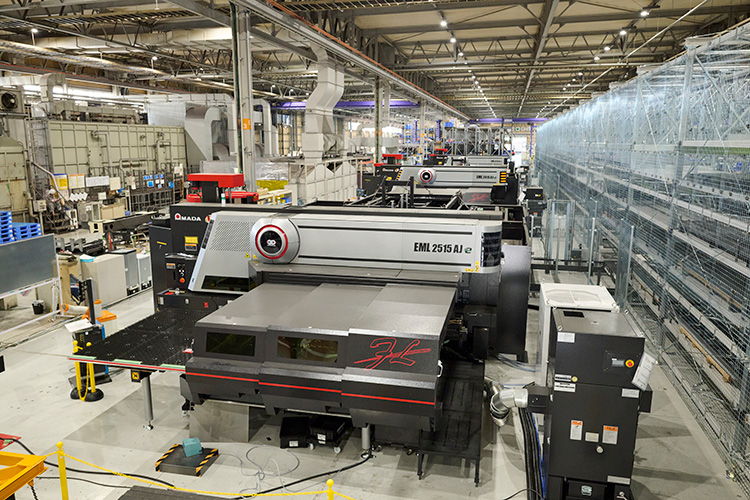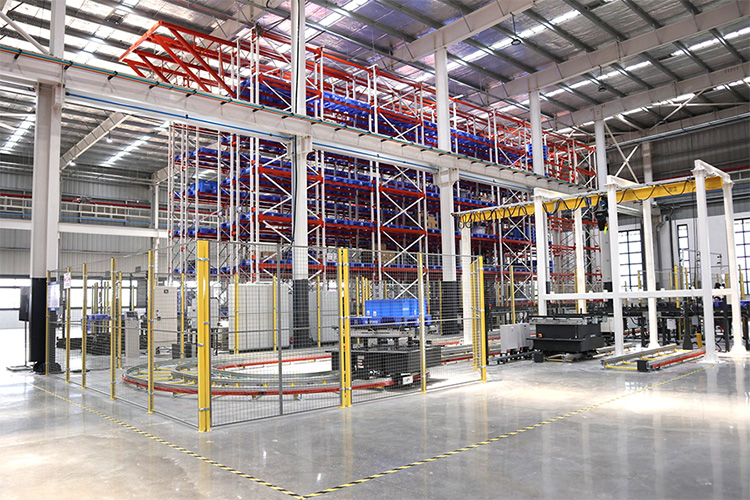Driving Digitalization and Automation: Manufacturing Innovation at Daifuku’s Shiga Works
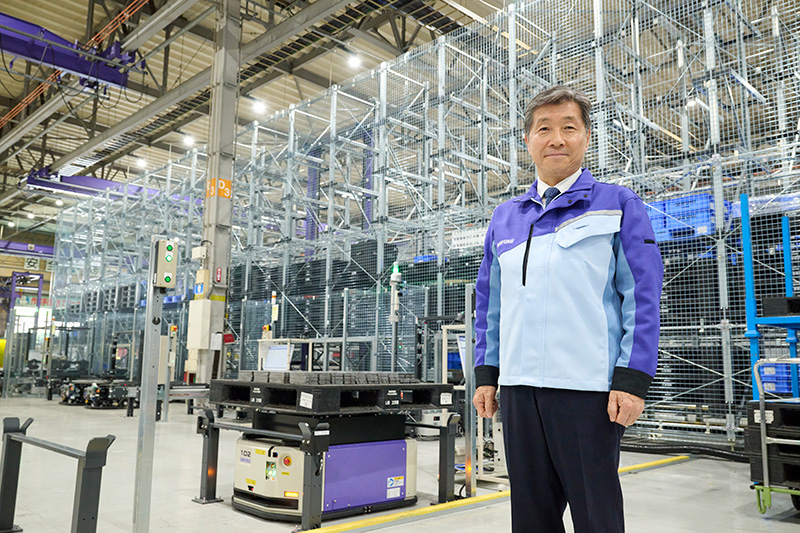
Daifuku is accelerating manufacturing reform through digital technologies while also implementing renovations at its Shiga Works to expand production capacity and optimize logistics. We spoke with Yasuhisa Mishina, Senior Managing Officer, Chief Production Officer (CPO), and General Manager of Shiga Works, to learn more about the initiatives driving the company toward its 2030 vision.
In 2023, Daifuku established the Production Innovation Division at Shiga Works to enhance productivity and spearhead manufacturing reform. What specific initiatives is this division working on?
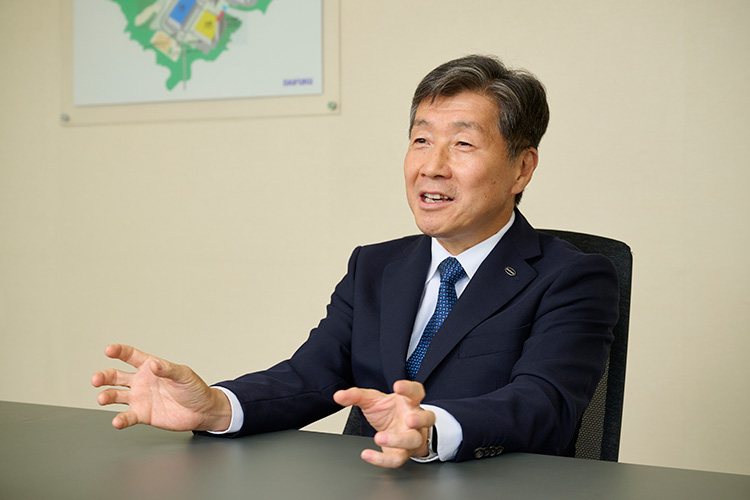
With rising raw material and logistics costs reshaping the manufacturing environment, Daifuku is advancing both manufacturing reform and business process reform to meet the productivity goals outlined in our long-term vision, Driving Innovative Impact 2030. One of the division’s key initiatives is the automation of parts processing using cutting-edge machine tools, and seamlessly integrating those processes with our own storage and transport systems, such as automatic storage and retrieval systems (AS/RSs) and automated guided vehicles (AGVs). We are also introducing new digital technologies, such as automatic generation of machine tool processing programs using 3D data, to help improve productivity even further.
Pursuing the Fundamentals of Manufacturing: Quality, Cost, and Delivery
What do you focus on when adopting new technologies?
Rather than relying on traditional manufacturing methods and ideas, we are focused on shifting our mindset in line with technological advances. As a manufacturer, Daifuku has the ability to drive reform from the design stage. This includes strategies such as reducing the number of parts through redesign, converting welded components into assembled ones, or simplifying processes by minimizing painting.
A standout example is the redesign of a conveyor shaft that previously required assembling 40 separate parts. Through digitalization and automation, we reengineered it into a single integrated component made directly from raw material. This transformation reduced procurement and inventory management workloads, streamlined production processes, and improved productivity, all while maintaining our rigorous safety and quality standards.
We believe that any reforms that enhance customer-required functionality while also improving cost and delivery speed should be proactively incorporated into our manufacturing processes. The essence of reform—making better products at lower cost and faster speed—is no different from the fundamental principles of manufacturing, which Daifuku has followed since its founding.

Aiming for 30% Cost Reduction Through Higher Productivity
Was the COVID-19 pandemic the catalyst for these reforms?
While reforms had been under consideration for some time, the pandemic served as a major turning point. When global supply chains were disrupted and parts became difficult to procure, it became clear that our existing approaches to quality improvement and cost reduction pursued over the previous five to six years needed to be reevaluated. Faced with eternal factors beyond our control, we recognized the importance of building internal capabilities to produce critical components ourselves. This realization led directly to the reforms we are currently implementing.
How did frontline employees respond to these changes?
At first, there was some resistance from staff. The idea of transforming manufacturing from the design stage was not fully understood, and I think there was hesitation about replacing long-used machine tools. To address this, we visited exhibition facilities showcasing the latest technologies together with our frontline staff. As their understanding deepened, they began to see the benefits more clearly and started overing constructive feedback.
Once the new systems were introduced, the shift in mindset really began to take root. Younger employees in particular became more proactive, contributing a wide variety of design ideas and suggestions. Their enthusiasm inspired more experienced colleagues as well, sparking a dynamic exchange of perspectives. This growing collaboration has created a positive cycle: as results accumulate, so do new proposals, driving continuous improvement.
Machined parts are temporarily stored in AS/RSs and transported by AGVs to the next process.
What kind of impact do you expect these reforms to have?
Our goal is to reduce total costs by 30% compared to conventional levels. While there are still areas for improvement, we are confident that as we become more familiar with the new equipment and learn how to fully leverage its capabilities, the benefits will continue to grow. We’ll be considering next steps along with the renovation plans for Shiga Works. Given Japan’s declining birthrate and aging population, future labor shortages are inevitable, so the acceleration of digitalization and automation isn’t just a strategic choice, it’s a necessity. By striking the right balance between what we handle in-house and what we entrust to suppliers, we aim to unlock even greater improvements in productivity.
Shiga Works: Evolving for the Future
What can you tell us about the renovations underway at Shiga Works?
Over the past five years, our production volume has more than doubled, and as a result, we have outgrown our storage space for work-in-progress and finished products. To cope, we are currently renting several off-site warehouses near Shiga Works. This approach not only increases costs but also creates inefficiencies, such as transporting parts back and forth between storage and the plant for assembly. To achieve our vision of 1 trillion yen in consolidated net sales by 2030, we must strengthen our production system. As such, we decided to construct two new factory buildings at Shiga Works: Building G, dedicated to systems for semiconductor production lines, and Building M, focused on systems for general manufacturing and distribution. Alongside this expansion, we are reorganizing functions across factory buildings to enhance both production and logistics efficiency.
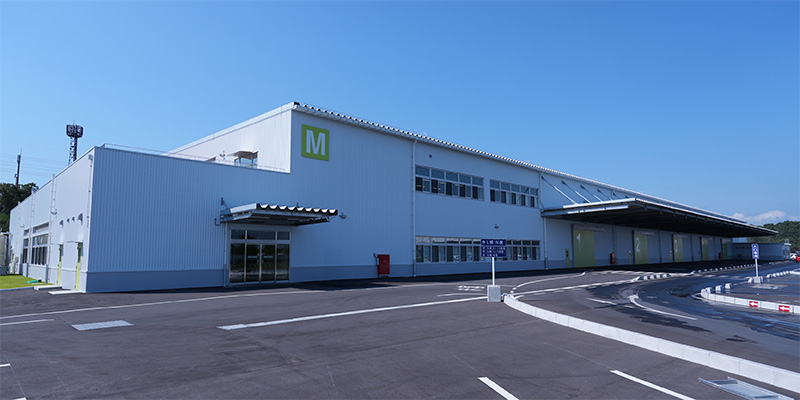
Our renovation plan also addresses Japan’s “2024 Logistics Problem,” a labor shortage issue in the trucking industry caused by new work-hour regulations. Because our shipping volumes peak before long holidays such as New Year and Golden Week when it is easier to perform installation work at customer sites, loading operations tend to become heavily concentrated. To help ease this burden on truck drivers, we are securing dedicated loading zones and implementing measures to shorten loading times.
What policies and plans do you have for manufacturing overseas?
The Daifuku Group’s basic approach is local production for local consumption—establishing production bases close to the markets we serve. This approach enhances both cost competitiveness and delivery speed. In 2025, for example, we established a new factory in India to serve the growing demand for automation in general manufacturing and distribution. We also have plans to expand our manufacturing in the United States. While maintaining the same level of quality as in Japan is a fundamental requirement, we don’t believe that manufacturing methods need to be identical across all regions. Instead, we actively encourage staff to travel between plants, share best practices, and build production systems tailored to the specific needs of each country and region.
The new factory in India, completed in April 2025, focused on utilizing automation in its production processes.
As CPO, what is your outlook for the future?
As the leader of Daifuku’s production and head of Shiga Works, I see developing talent as one of my most important responsibilities. It’s not enough just to pass the baton—we must nurture people who can go even further. My goal is to cultivate talent that can advance Daifuku’s manufacturing to new heights while also contributing to solving broader societal challenges.
Our manufacturing reforms are still in their early stages. The digital transformation (DX) initiatives we have been working on will soon start to show their true value, but there is still plenty of room for further efficiency gains on the factory floor. I also serve as Chief Information Officer (CIO), where I am driving cybersecurity initiatives which are essential to supporting our DX efforts. There is much our production operations can contribute toward achieving the targets of our long-term vision and four-year business plan. Together with our employees on the ground, I am committed to advancing these reforms forward and building a stronger, more resilient future for Daifuku.
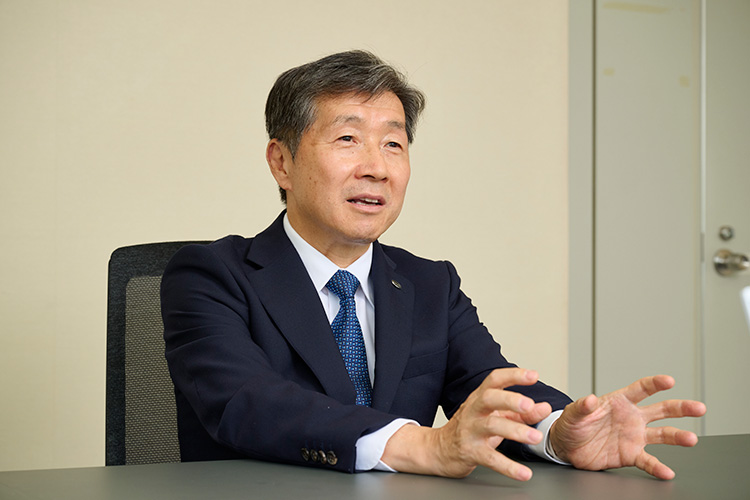
Yasuhisa Mishina
Senior Managing Officer CPO (Chief Production Officer) CIO (Chief Information Officer) General Manager of Shiga Works

